
Climate crisis to increase cancer risk for tens of millions of people in Bangladesh
Climate breakdown will put tens of millions of people in Bangladesh at heightened risk of cancer from contaminated well water, according to research. Read the full…
On this page, you will find news articles relevant to our current and past campaign(s). These articles not only serve as supporting evidence for our statements but also provide valuable insights into the issues at hand.

Climate breakdown will put tens of millions of people in Bangladesh at heightened risk of cancer from contaminated well water, according to research. Read the full…

By 2050, over 5 billion people — probably more than half the planet’s population — will be exposed to at least a month of…

Nearly one billion people worldwide — including one in seven teenagers — have a mental disorder. A growing body of research suggests that climate change…
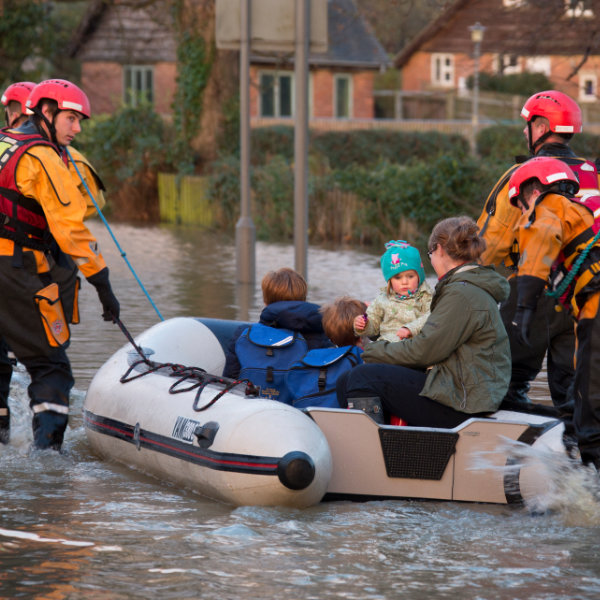
The Emergency Medicine Day campaign for 2024 will be dedicated to the impact of climate change on Emergency Medicine. The compelling testimonies from colleagues…
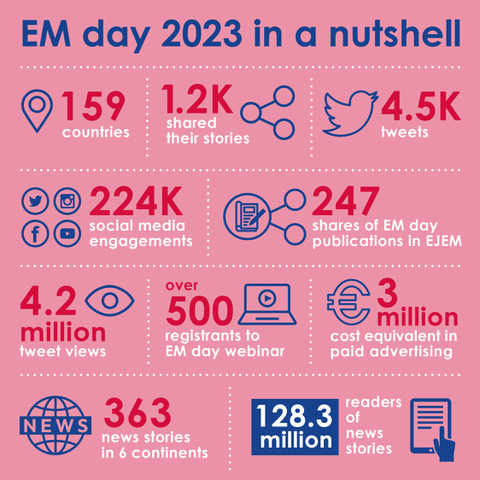
We would like to take this opportunity to thank everyone who took part in this year’s campaign. As you can see from the infographic,…
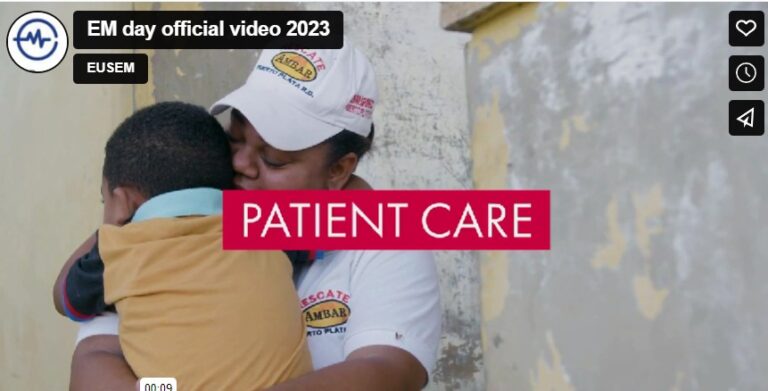
For EM-Day 2023 we conducted 3 surveys about safety, for patients/general public, for professionals and for patient organisations. The results are shared in a…

Emergency departments (EDs) are currently unsafe places for both professionals and patients, according to the results of an international survey carried out for the…

Ambulance response times in England were the worst on record across all major categories in December, while people waiting 12 hours or more to be admitted…
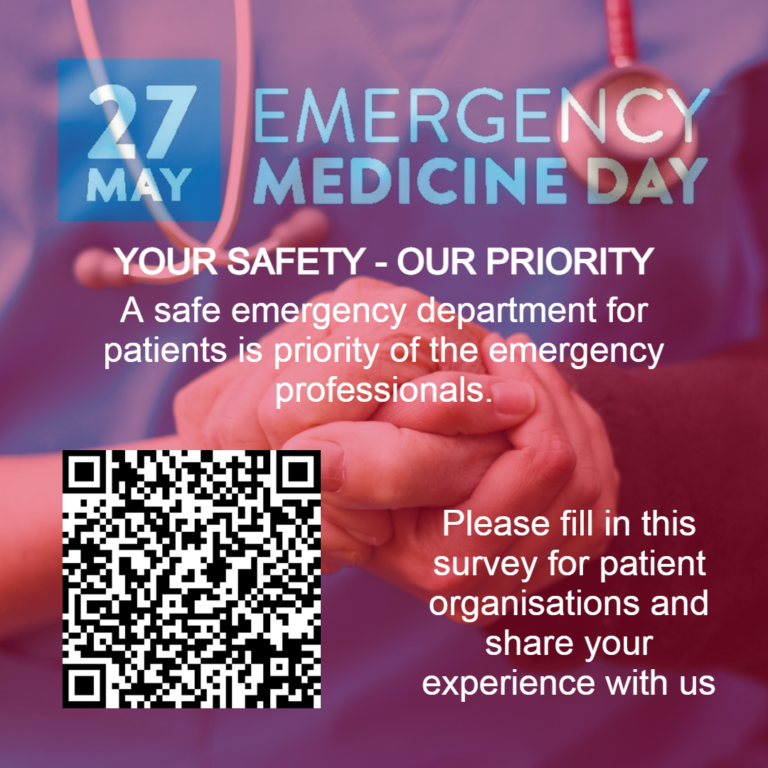
On the occasion of the Emergency Medicine Day that will take place on 27 May, we want to discuss and draw the attention of…

On the 27th of May it’s Emergency Medicine Day. EUSEM, the European Society for Emergency Medicine, started with this campaign, because there’s a lack…
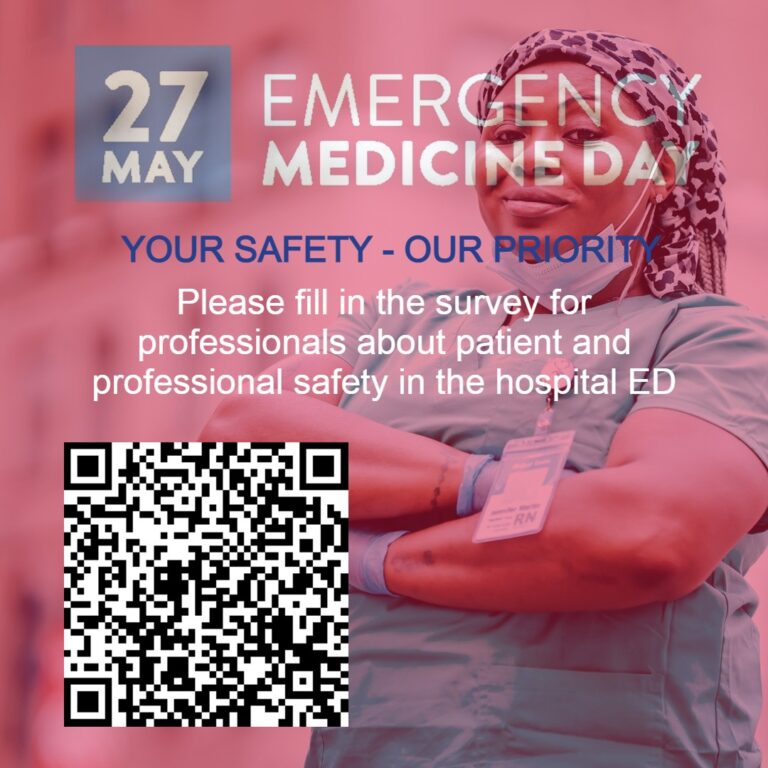
This year the Emergency Medicine Day campaign is dedicated to safety. Safety for our patients, who need care, attention and relief from pain and…

“We are not even tired anymore, we are on the ground”: caregivers symbolically lie down in front of the emergency room of the…
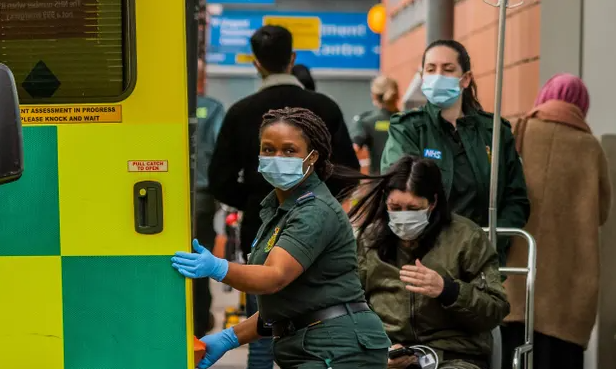
As the NHS crisis has deepened in recent weeks, frontline staff have posted vivid, troubling accounts on social media of what has been happening…

The EM-Day taskforce has written a policy statement about minimal standards for safe working conditions in Emergency Medicine. It is published in the European Journal…